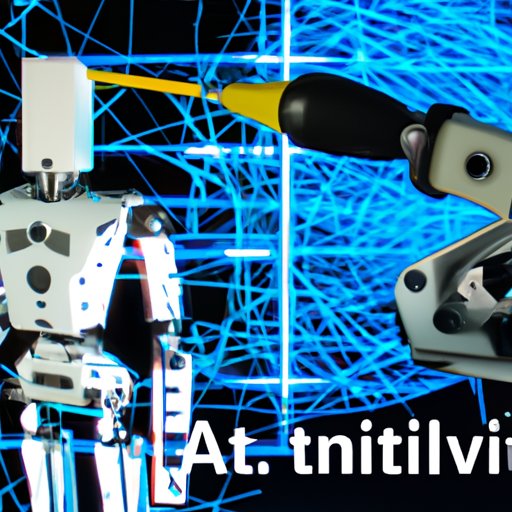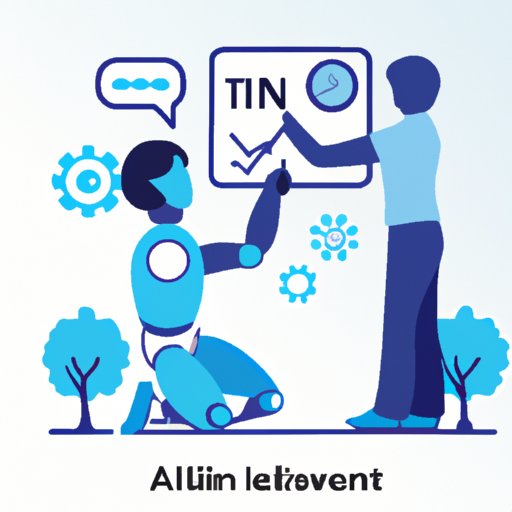Introduction
Artificial intelligence (AI) is becoming increasingly prevalent in our lives, from voice assistants to self-driving cars. However, developing an AI system can be complex and time consuming. There are many benefits to creating AI, such as increased efficiency and better decision making, but there are also some challenges, such as the need for large datasets and precise algorithms. In this article, we will explore the necessary steps and technologies for making an AI system.
Common AI Technologies and Frameworks
There are a variety of AI technologies and frameworks available to develop AI systems. Some of the most popular technologies include neural networks, deep learning, and genetic algorithms. Neural networks are used to process information, while deep learning is used to build more complex models. Genetic algorithms are used to optimize solutions by simulating natural selection.
Frameworks are also important for developing AI systems. Popular frameworks include TensorFlow, Keras, and PyTorch. TensorFlow is an open source library for numerical computation and machine learning. Keras is a high-level API for building and training neural networks. PyTorch is a library for deep learning that provides an easy-to-use interface for developers.
Training an AI System
Once the necessary technologies and frameworks have been selected, the next step is to train the AI system. This process involves collecting and preprocessing the data, selecting and training the model, and evaluating the performance. Data collection and preprocessing involve gathering the necessary data and preparing it for use in the model. Model selection and training is the process of selecting the appropriate model and training it on the data. Performance metrics and evaluation involve measuring how well the model performs and determining whether it meets the desired goals.

Relevant Research Areas in AI
In addition to the steps outlined above, there are several research areas relevant to AI development. Natural language processing (NLP) is the study of how computers can understand and process human language. Computer vision focuses on giving machines the ability to see and interpret images. Reinforcement learning is a type of machine learning in which an agent learns from its environment through trial and error. Finally, machine learning is a branch of AI that involves developing algorithms to learn from data.

Testing and Validating AI Systems
Before deploying an AI system, it is important to test and validate it. Testing involves running tests to ensure that the system works as expected. Tests can range from unit tests to integration tests. Validation involves assessing the accuracy of the system’s predictions and ensuring that it meets the desired goals. This process can be done manually or with automated tools.
Conclusion
Developing an AI system can be a complex and time-consuming process. However, with the right technologies and frameworks, it is possible to create powerful and accurate AI systems. The process involves data collection and preprocessing, model selection and training, and performance metrics and evaluation. Additionally, there are several relevant research areas in AI, such as natural language processing, computer vision, reinforcement learning, and machine learning. Finally, it is important to test and validate AI systems before they are deployed.
With the right knowledge and resources, anyone can make an AI system. For further exploration, there are many online tutorials, books, and courses available. Additionally, there are numerous open source libraries and frameworks that can be used to make AI systems.
(Note: Is this article not meeting your expectations? Do you have knowledge or insights to share? Unlock new opportunities and expand your reach by joining our authors team. Click Registration to join us and share your expertise with our readers.)
